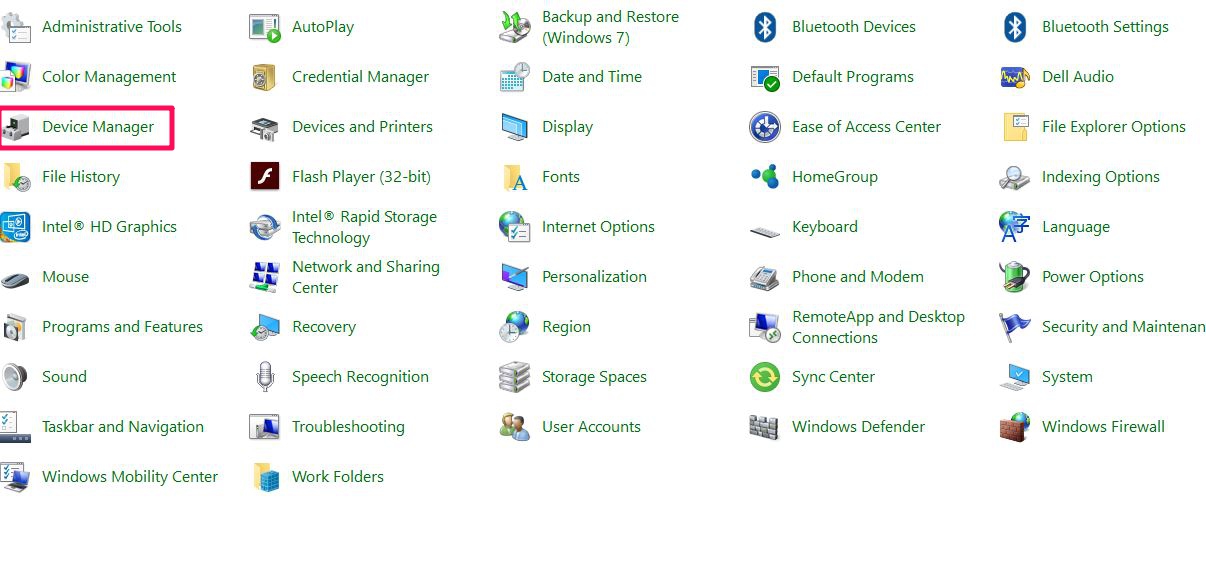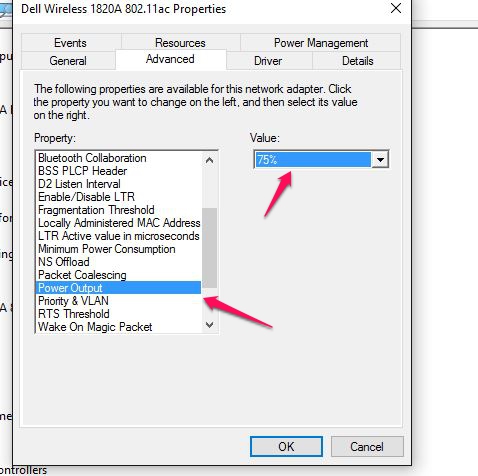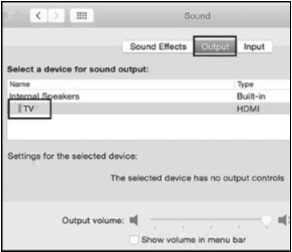|
Article ID: 66
Last updated: 09 Sep, 2019
System Requirement: While the Thunderbolt 3 Docking Station utilizes the reversible USB-C connector, it only supports Thunderbolt 3 enabled computers such as the 2016 Macbook Pro. It will not work with computers that are equipped with USB-C but not Thunderbolt 3 such as the Lenovo Yoga 900 or a Chromebook. Check for the Thunderbolt symbol near the port on your computer or refer to the below list. List of Thunderbolt 3 Enabled Computers Dual video-out not working, only Displayport or Thunderbolt 3 has video: In order to output video to dual monitors, the computer must support two displays via Thunderbolt 3. Some Thunderbolt 3 enabled computers such as the Razer Blade Stealth, Lenovo Yoga 720, and HP Spectre x360 do not support a second display via Thunderbolt 3. Gtrusted.com maintains a list of computers tested that support a single display or dual display. If your computer is not in the list, please consult your manufacturer for this information. https://gtrusted.com/technology/thunderbolt/thunderbolt3-hosts If the computer supports the second display, you can connect a Thunderbolt 3 enabled display directly to the dock via the Thunderbolt 3 port, or use a USB-C video adapter to convert to other video formats. If computer is supported and still only displaying one monitor, see instructions below how to update BIOS, firmware, and drivers. Connecting to a second display via USB-C Connecting to HDMI/DisplayPort/DVI/VGA displays through a USB-C to HDMI/DisplayPort/DVI/VGA adapter is supported. Please refer to the following links. Symptom: The Docking Station is not functioning properly on a Windows computer with Thunderbolt 3. Symptoms include no video, flickering video, video on one monitor, and an unstable USB peripheral connection. Solution: Update BIOS, Thunderbolt 3 firmware, Thunderbolt 3 controller driver, and Intel Graphic driver from the manufacturer website. For more details, refer to articles below: BIOS, Firmware and Driver Updates Update Intel Graphics Driver for Windows computers Symptom: The Docking Station is not recognized / one or more ports are not functional Unplug all cables and peripherals, restart the computer, and then reconnect everything. Symptom: Ethernet or USB ports are not functioning properly in Windows 7 Solution: 1. Go to www.cablematters.com/downloads 2. Select the correct product from the list. 3. Download both the drivers for Ethernet and USB controller. 4. Install the driver and reboot your computer. Symptom: DisplayPort does not work at full 4K 60Hz resolution The Docking Station supports resolutions up to 4K at 60Hz via DisplayPort. There is a known issue with the Docking Station to only achieve 4K at 30Hz on some certain 4K 60Hz enabled monitors. This compatibility issue with these certain monitors is due to the Thunderbolt 3 technology and is not limited to this Docking Station specifically. Symptom: No signal when connecting to some monitors with DisplayPort input and output. Some monitors such as Dell P2415Q and P2715Q 4K monitors have two DisplayPort connectors. One of the DisplayPort connectors is for DisplayPort input while the other one is for DisplayPort output. The DisplayPort output is designed for daisy chaining a second monitor. Please make sure to connect this adapter to the DisplayPort input. Symptom: Laggy mouse and missing keystrokes when connecting wireless mouse/keyboard to USB 3.0 The 2.4 GHz band is a widely used unlicensed radio frequency band for devices such as wireless routers as well as wireless PC peripherals like a mouse or keyboard. Though USB 3.0 has a 5 Gbit/s signaling rate, the noise from USB 3.0 data spectrum can be high in the 2.4–2.5 GHz range. This noise can radiate from the USB 3.0 connector on a PC platform, the USB 3.0 connector on the peripheral device, or the USB 3.0 cable. If the antenna of a wireless device operating in this band is placed close to any of the above USB 3.0 radiation channels, it can pick up the broadband noise and may result in a drop in throughput on the wireless link. The resolution is to use a USB 2.0 extension cable to connect the wireless mouse / keyboard dongle to USB 3.0 ports. Symptom: Ethernet disconnects with certain Dell computers Some Dell XPS and Precision models may contain an internal Wi-Fi adapter that causes the Ethernet connect to disconnect. This issue can be resolved by lowering the power output of the onboard Wi-Fi adapter. 1. Navigate to Control Panel > Device Manage 2. Select Network adapters. Right-click on the Dell wireless adapter. 3. Select Properties. Click on the Advanced tab. Select Power Output and select 75%. 4. Disconnect the cables and Docking Station, restart the computer, and reconnect everything. Symptom: Audio is not transmitted to monitor through DisplayPort Some monitors do not have built-in speakers. Therefore, audio must be transmitted separately. If audio is supported, please follow the steps below to select the correct playback device: Windows: 1) Open the 'Sound' menu by searching or right clicking the sound icon on the taskbar 2) In the Playback Tab, select the display with DisplayPort 3) Click Set Default 4) Click OK to save the settings
MacOS: 1) Open the Apple Menu and go to System Preferences 2) Click the Sound icon 3) Click the Output tab 4) Select the display with DisplayPort
For more information about our Thunderbolt products including drivers and user manuals, please visit the Thunderbolt page on our website.
Article ID: 66
Last updated: 09 Sep, 2019
Revision: 18
Tags
|





